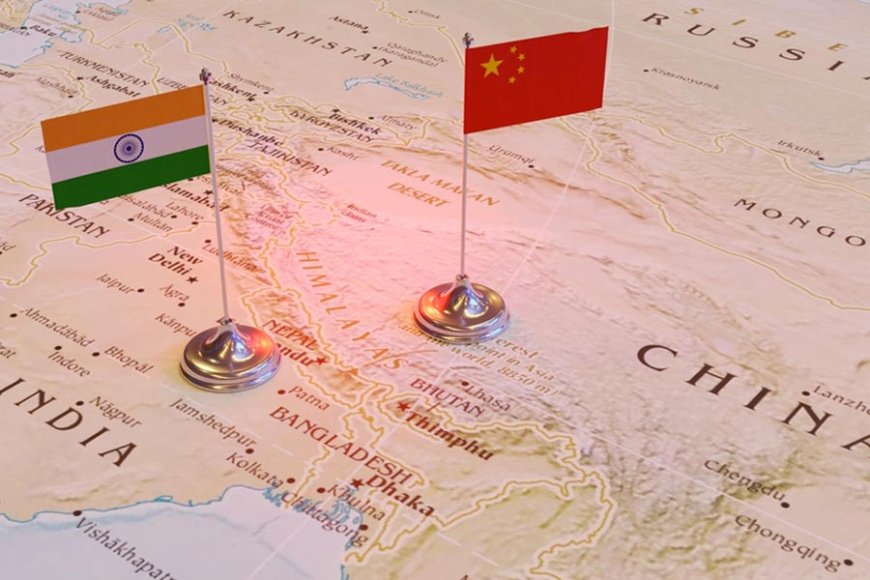A High-Altitude Impasse: Delving into the India-China Border Dispute
The article discusses the ongoing territorial dispute between China and India along the Himalayan border, originating from colonial-era treaties and the lack of a clear Line of Actual Control (LAC). Recent tensions, such as the Doklam standoff and the Galwan Valley clash, underscore the need for effective communication and conflict resolution mechanisms. Resolving the conflict requires diplomatic efforts, confidence-building measures, and mutual compromise, with the potential for greater cooperation between the two nations on global issues.

The Himalayas, a stunning mountain range dividing China and India, also serve as a stark reminder of a protracted territorial dispute. The lack of a well-defined border between the two Asian giants, represented by the Line of Actual Control (LAC), has led to periodic tensions and military standoffs. The background information, current problems, and potential solutions to this persistent issue are examined in the article that follows.
The 19th century saw the sowing of discordant seeds through unclear treaties from the colonial era. Tibet, which China claims is a part of its land, and the British, who were in charge of India at the time, negotiated the McMahon Line in 1914. But China never formally acknowledged this border. The picture is further obscured by varying interpretations of previous maps and agreements. The areas under dispute are Arunachal Pradesh, a state in northeastern India that China contests, and Aksai Chin, a large and strategically significant region in Ladakh claimed by both China and India. The tragic Sino-Indian War of 1962 was the result of these conflicts. Having been outwitted and ill-prepared, India was humiliated in their defeat. The psychological effects of this struggle are still felt in India, where it continues to influence border security policies.
The LAC: A Fragile Line in the Sand
The LAC was created in 1962 to draw a line between the two forces' de facto positions after the conflict. However, the LAC isn't exactly defined, which leaves space for interpretations and uncertainty.
Modern-Day Tensions
Tensions have recently increased despite ongoing negotiations and accords aimed at a peaceful resolution. The brittleness of peace along the border was brought to light by the Doklam impasse in 2017 and the bloody fighting in Ladakh's Galwan Valley in 2020. These occurrences highlight the necessity of more effective channels of communication and well-defined procedures to handle conflicts and stop them from getting worse.
Strategic Significance: Beyond Territorial Claims
The border issue between China and India goes beyond simple territory claims. For both nations, the Himalayas are an essential buffer zone that affects both regional dynamics and national security. The conflict is further complicated by the ownership of key passes and water supplies.
Finding Common Ground: The Path to Peace
This long-standing problem requires persistent diplomatic attempts to resolve. Joint exercises and regular military communication are two examples of confidence-building strategies that might assist in lowering mistrust. Mutual regard for each country's main issues and an openness to coming up with original solutions are prerequisites. Each party can choose Special Representatives who can serve as mediators and encourage a spirit of compromise.
The Future: Cooperation or Continued Conflict?
China and India's border dispute is entangled in a complex web of geopolitical issues, historical baggage, and national pride. A peaceful resolution requires continuing communication, seeking common ground, and using strategic caution. In addition to ensuring security in the region, a deal will open the door for these two emerging countries to work together more closely on issues like global development and climate change. The Himalayas, once a symbol of contradiction, might then represent cooperation and advancement for both parties in the future.











































